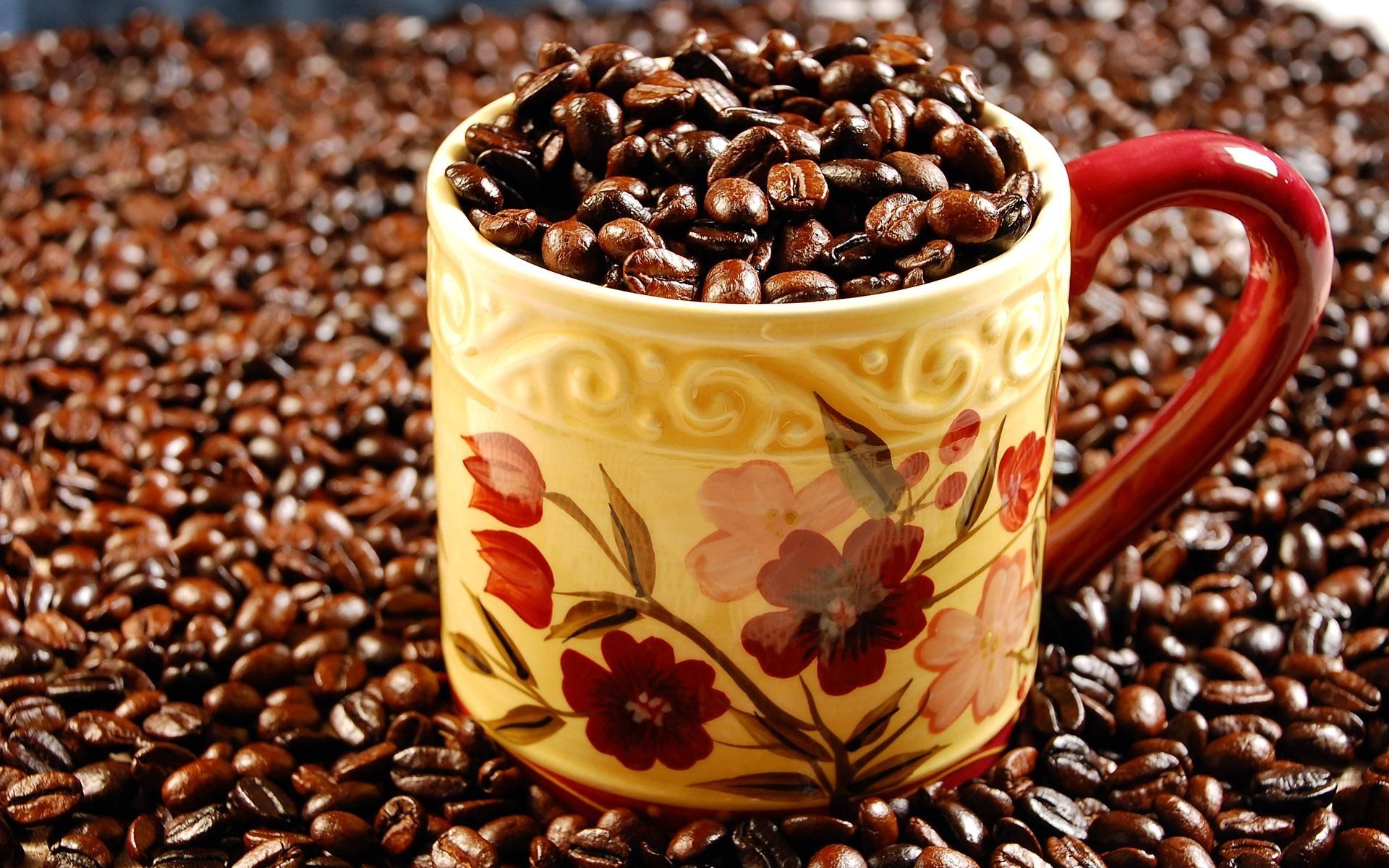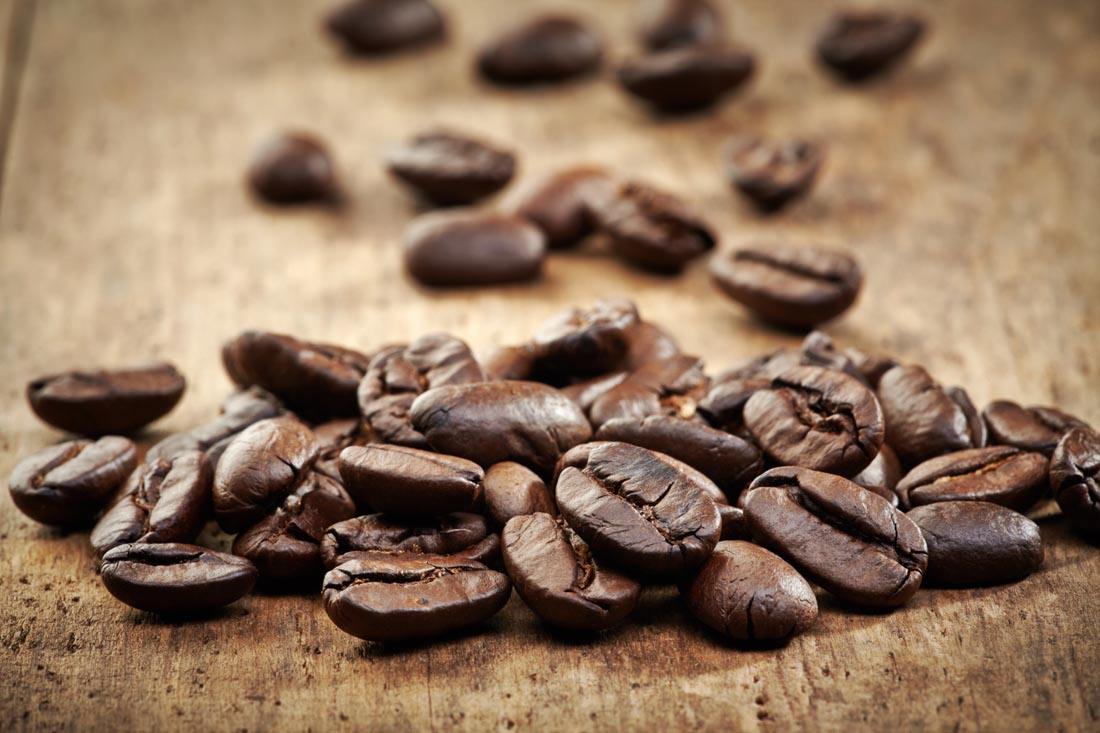Dominica coffee history, Dominica coffee taste
Follow the caf é (Wechat official account vdailycom) and found that Beautiful Cafe opened a small shop of its own.
The turbid, humid climate and limestone-rich soil of the Constanza Valley in the Dominican Republic provide clues to the unique taste of this coffee. With a variety of cocktails, sweet fruity and nut chocolate aromas, you will find soft and crisp chocolate flavors, adding a crisp acidity and a subtle nutty finish.

Miniga's coffee is grown in highlands and lowlands, and its taste is also slightly different. The upland is sour, but the taste is rich; the lowland is less sour and tastes smoother. Boutique coffee has become popular in recent years. High-quality coffee beans produced by some Dominican estates have a rich aroma, mellow taste and moderately bright sour taste, which are not far from the more famous Puerto Rico beans or Jamaican beans, and are also worth tasting. Dominica coffee beans have moderate acidity and rich fruit flavor.
The Dominican Republic is located in the east of the island of Haiti in the West Indies, bordering the Republic of Haiti to the west, the Atlantic Ocean to the north and the Caribbean Sea to the south. With an area of about 49000 square kilometers and a population of 7.1 million, the Dominican Republic and the Republic of Haiti coexist on an island bordering Haiti. Like its neighbours, the Dominican Republic had a history of revolution and poverty, but now it has democratic elections and the country is relatively stable.
In the early 18th century, coffee was introduced to Domiga from Martinique, and fine coffee was produced in the north represented by Hibao and in the south, including Okayabani Santo Domingo. Among them, the coffee produced by Santo Domingo and Barney, which is almost synonymous with domiga coffee, is a world-famous high-quality coffee. Santo Domingo coffee is characterized by freshness, elegance, fullness, excellent acidity and pleasant aroma, so it is worth it. The selection of Dominican coffee is usually done manually. The main basis for selection is according to the fullness of coffee particles, whether it is uniform, and then grade it. Generally speaking, coffee with full and uniform grains is easier to preserve. Only the fullest and most evenly grained coffee beans can be roasted to represent the best and finest coffee in the country.
Unlike coffee produced in Haiti, most of the coffee grown in the Dominican Republic has been washed, which is a symbol of high quality. Miniga Coffee uses a washing method to treat coffee beans, so that the quality of treated coffee beans is more guaranteed. The coffee beans treated by washing method retain more original flavor than the drying method, and the aroma is pure and soft.
Carefully selected in this way, the high-quality Dominican coffee exudes a faint aroma and gives people a faint fruity aroma with a lingering finish and a smooth and smooth finish.
Coffee producing areas in the Dominican Republic:
The best coffee producer in the Dominican Republic is the Barahona region in the southwest, but Juncalito and Ocoa also produce a premium coffee-SantoDomingo coffee.
Features of Dominican Republic Coffee:
Dominican Republic coffee is characterized by freshness and elegance, full granules, excellent acidity and pleasant flavor, so it is worth it.
Flavor: moderate acidity, balanced taste
Suggested roasting method: medium to deep roasting, suitable for a variety of uses of good coffee
Important Notice :
前街咖啡 FrontStreet Coffee has moved to new addredd:
FrontStreet Coffee Address: 315,Donghua East Road,GuangZhou
Tel:020 38364473
- Prev

Kenyan Jinchu Coffee Origin, Kenyan Jinchu Coffee Variety
Follow caf é (Wechat official account vdailycom) found that Jinchu Cafe opened a small shop of its own, founded in 1970, and they formed a Gakundu farmers' cooperative with Kamviu, Gakundu and Ka Kui Water washing Plant. There are 980 coffee farmers in Jinchu Valley and 3600 small farmers are registered in the whole cooperative. And in Enbu County, nearly
- Next

Dominica's Honkalito coffee, Santo Domingo coffee flavor
Following Cafe Review (Wechat official account vdailycom) found that Beautiful Caf é opened a small shop of its own Dominica: Honkalito Coffee Honkalito Coffee comes from Tejada Manor in Haravakoa producing area at an altitude of 1150m to 1300m. This coffee garden is an old coffee garden with a history of a hundred years. It is always in the forefront of various cup test competitions, and it is the main grower.
Related
- Detailed explanation of Jadeite planting Land in Panamanian Jadeite Manor introduction to the grading system of Jadeite competitive bidding, Red bid, Green bid and Rose Summer
- Story of Coffee planting in Brenka region of Costa Rica Stonehenge Manor anaerobic heavy honey treatment of flavor mouth
- What's on the barrel of Blue Mountain Coffee beans?
- Can American coffee also pull flowers? How to use hot American style to pull out a good-looking pattern?
- Can you make a cold extract with coffee beans? What is the right proportion for cold-extracted coffee formula?
- Indonesian PWN Gold Mandrine Coffee Origin Features Flavor How to Chong? Mandolin coffee is American.
- A brief introduction to the flavor characteristics of Brazilian yellow bourbon coffee beans
- What is the effect of different water quality on the flavor of cold-extracted coffee? What kind of water is best for brewing coffee?
- Why do you think of Rose Summer whenever you mention Panamanian coffee?
- Introduction to the characteristics of authentic blue mountain coffee bean producing areas? What is the CIB Coffee Authority in Jamaica?

